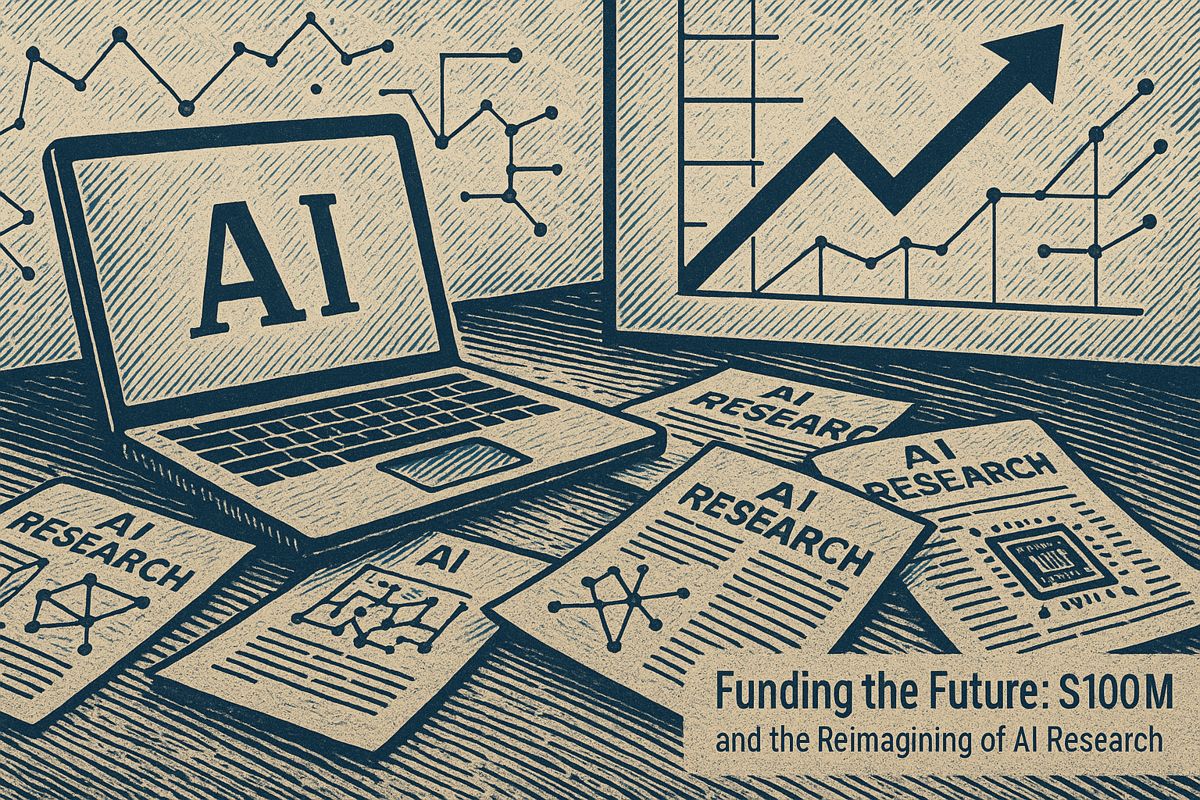Databricks is revolutionizing AI adoption with Alchemist, a new tool designed to accelerate the migration of legacy SAS code to the modern Spark ecosystem. This T1A-built migration engine promises to significantly reduce the time and cost needed to bring legacy analytics onto modern AI infrastructure, addressing a major barrier for many enterprises. By automating code parsing, dependency mapping, and conversion, Alchemist pushes Databricks beyond data engineering into modernization services for business units reliant on older statistical stacks.
How Alchemist Accelerates SAS-to-Spark Modernization
Alchemist is a migration engine that automates the translation of legacy SAS code into Spark-native formats for the Databricks platform. By systematically parsing code, mapping data dependencies, and converting syntax, the tool streamlines large-scale modernization projects, significantly reducing the manual effort, cost, and associated risks.
According to its detailed changelog, Alchemist detects and converts every SAS procedure, including obscure macro-generated variants, into clean Spark SQL. An integrated project dashboard highlights risk markers like cyclomatic complexity and foreign-key relations, allowing managers to plan migrations precisely. The partner solution page notes that early customers are completing projects twice as fast and at half the cost of manual rewrites.
Key Features of the Alchemist Migration Engine
Alchemist combines static analysis with large language models to fill conversion gaps while ensuring the output remains maintainable. When the engine encounters unsupported syntax, it injects inline annotations for engineering review instead of failing silently. A single run can produce Databricks notebooks, Delta Live Tables pipelines, or low-code Prophecy flows, giving teams the flexibility to choose an interface that matches their skill set.
Key capabilities driving enterprise adoption include:
- 100 percent workload scanning and lineage graphing for complete audit readiness.
- Auto-handling of SAS NULL values and DROP-INSERT-UPDATE constructs.
- Union-ready conversion when source tables hold divergent schemas.
- Built-in obfuscation for protecting sensitive code during vendor support reviews.
Low-Code Impact for Financial Services
Finance leaders are a primary audience for Alchemist. With low-code AI use expanding rapidly – Kissflow statistics project over 70% of new business apps will be built on low-code platforms in 2025 – the benefits are clear. Modernized workloads enable valuation analysts to query vast deal datasets in minutes, securely feed large language models, and generate on-demand scenario forecasts. The ability to output Parquet snapshots or DLT pipelines ensures that downstream tools like Power BI receive clean, version-controlled data.
Databricks’ Competitive Edge and Future Roadmap
This strategic push comes amid fierce competition. While Snowflake excels in cost predictability for SQL and Google BigQuery offers serverless elasticity, Databricks differentiates itself by unifying data engineering, governance, and ML orchestration on its Spark backbone. Alchemist reinforces this advantage by converting decades of institutional knowledge locked in SAS into reusable, high-value lakehouse assets.
Looking ahead, analysts expect Databricks to fold more agentic automation into its migration suite and extend support beyond SAS to legacy ETL and BI platforms. If execution matches the promise, business units previously sidelined by high migration costs may finally move their most valuable models into the AI era.
What exactly is Alchemist and how does it accelerate SAS-to-Spark migration?
Alchemist is a purpose-built accelerator from T1A that parses and auto-converts SAS code, macros and DI jobs into Spark SQL or Python notebooks ready for Databricks. It covers even rare syntax and dynamically generated macros, while a built-in dependency mapper exposes every data lineage link so teams can stage the move and avoid surprise breakages. Early adopters report migrations that are up to 2× faster and 2× cheaper than manual rewrites.
Do we still need expert Spark engineers once Alchemist has done the first pass?
No platform can guarantee 100% push-button conversion, and Alchemist is transparent about this. When it meets an unsupported SAS construct it inserts the original snippet, flags it for review and continues generating the rest of the pipeline. This hybrid approach lets your existing SAS authors validate business logic while Spark engineers focus only on the gaps, keeping head-count flat and lowering risk.
How does the tool fit into Databricks’ wider “democratize AI” message?
Alchemist is the opening gambit in a low-code pipeline. Once data lands in the lakehouse, teams can switch to visual ETL tools like Prophecy, Unity Catalog governed tables and, finally, Databricks AI/BI auto-dashboards – all without writing Scala or managing clusters. The idea is to let valuation, audit or risk teams own the full cycle from raw SAS jobs to ML predictions without waiting for central IT.
Which industries are already seeing pay-back, and what metrics matter?
Financial-services valuation groups are the earliest reference cases cited by Databricks. With Alchemist they move decade-old SAS pricing and impairment models onto Spark, then layer low-code AI for real-time document scoring. Internal benchmarks (published at t1a.com/resources) show a 60% drop in model refresh latency and 40% fewer support tickets after the switch.
Where does Databricks stand against rival migration offers from Snowflake or Google?
Snowflake and BigQuery mainly target “lift-and-shift” of SQL warehouses, leaving complex SAS language conversion to services partners. Databricks’ pairing of Alchemist with the open Spark engine keeps compute portable and ML-ready, a reason why multi-cloud buyers short-list it over single-vendor alternatives.



















